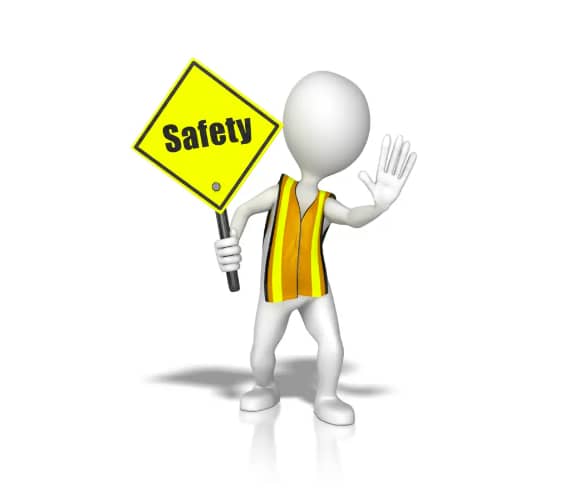Safety may not be the first thing that comes to mind when you’re looking at pool screen enclosure cables, but they’re a necessity for stability. Those bolts you see all across the bottom that anchor your cage into the concrete slab are called T-bolts and they’re just as important. Maintaining both can help ensure your pool screen enclosure doesn’t collapse on you the next time a flash storm or hurricane passes through!
The Steel Spine of Safety and Longevity

In a way, you can look at the pool enclosure as the ribcage, and having screen enclosure cables in the correct places makes sure to keep it together. While usually made up of materials such as stainless steel, these cables are an integral component to the structure. Meanwhile they are made to withstand the natural elements—wind, rain and yes even storm. With these flexible cables, the pool screen enclosure has the ability wobble a little bit in a stiff wind yet not be allowed to get to the breaking point and collapse.
Get in the habit of checking your cables once a month. They’re fairly simple to tighten is they’re loose and you don’t have an issue with getting on a ladder. There’s a bolt system at the top of the cable and you can just tighten it down. There will be times however where the plate itself will need to me moved if simply using the bolt system isn’t enough.
You don’t want to make them super tight as they can snap when the winds kick up. You want there to be a little bit of play in them, so think firm but not rigid. This allows the pool enclosure to sway a tiny bit and the cable to be able to act as resistance and bring it back. You won’t even notice this with the naked eye, it’s very subtle. Of course, we can always inspect them for you so you know they’re properly adjusted.
T-bolts may look tiny on an overall scale, but they are important pieces when it comes to keeping the enclosure on the ground. These bolts secure the metal components in place and ensure that the base doesn’t get lifted off of the concrete slab. In the same way that ligaments link our bones together, T-bolts bind and interlock your pool enclosure’s structural features for steadiness as well as durability.
Make it a habit to walk the perimeter of your pool screen enclosure looking for rusted bolts or lose metal around the base. If you see rust, gently kick the metal at the base and see if it’s loose. If it is, it’s time to get a new bolt installed.
Keepers of the Elements
That cable, along with T-bolts really show their worth when the weather changes. When the wind kicks up a notch, those panels can turn into literal sails that push back against their frame. The cables are the thing that helps in anchoring structure. The tension in these cables can be controlled to allow them offer up some give when wind forces push against the bracing, preventing the force from breaking it and acting as a dynamic buffer system pushing back. This lets the enclosure stay in place.
T-bolts — well, they keep every panel where it belongs. They are the stalwart troopers, protecting that line from mere wind. T-bolts keep the bottom of the enclosure secure by locking the panels firmly into place on a frame.
Maintenance Saves Your Investment
Taking care of these components is the same as nurturing your own health. We all go to the doctor for check-ups, and regular examinations of pool enclosure cables (and T-bolts), too are very important. As time goes on, cables wear and bolts slip. It’s all part of ageing, but if left un-treated can cause a major problem during the next storm. These pieces should be checked for damage or wear every 4-6 months by the homeowner so they can either have them adjusted or just outright replaced.
While most people want as few visible parts on a pool enclosure as possible, these cables and T-bolts are important. They are the silent guards that allow your enclosure to still be standing after a storm is over.
Homeowners who take simple steps to maintain their pool enclosures will enjoy fewer problems as time goes on than ones who wait till that storms approaching!
For more on screen repair, have a look at 4 things you should know here
















